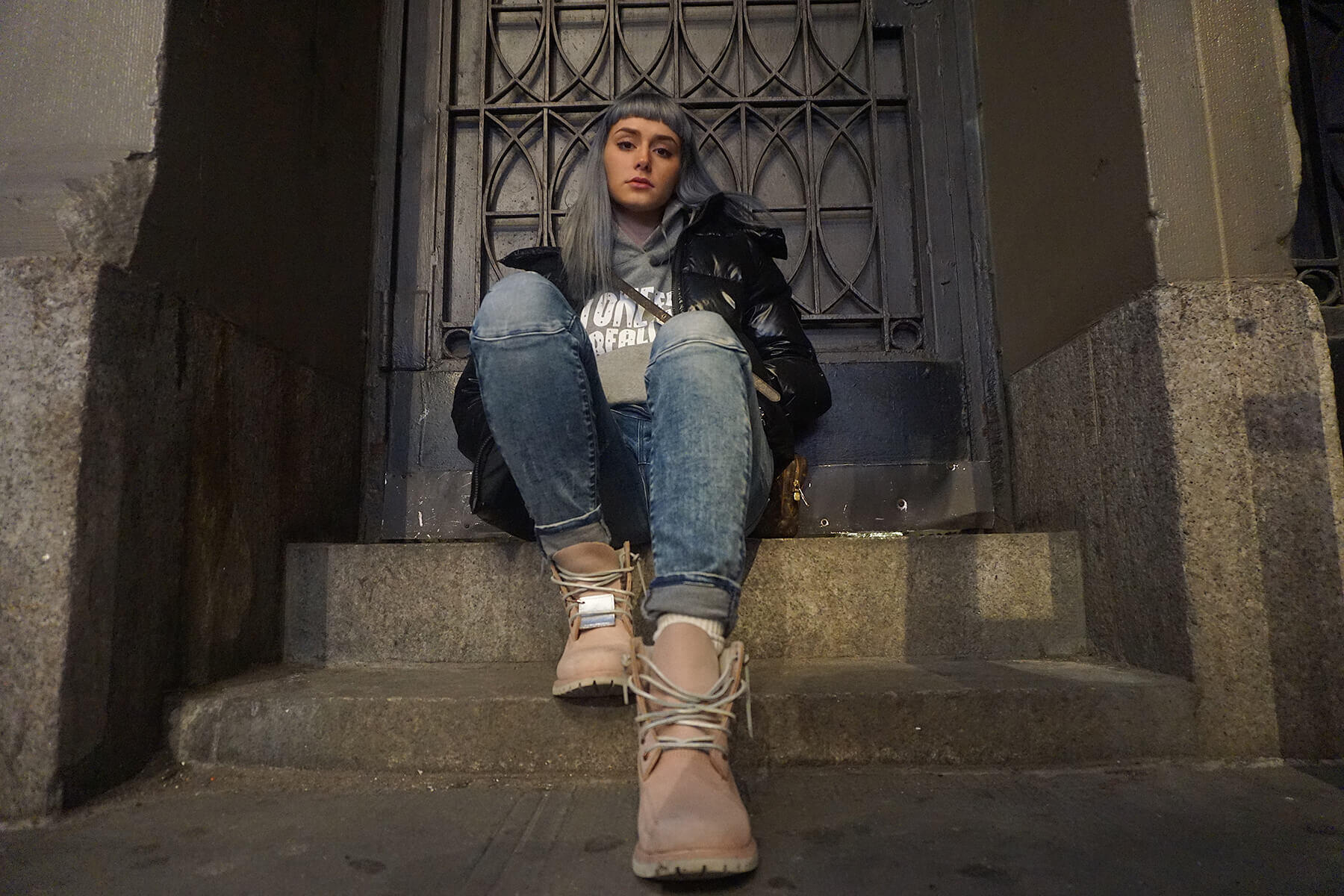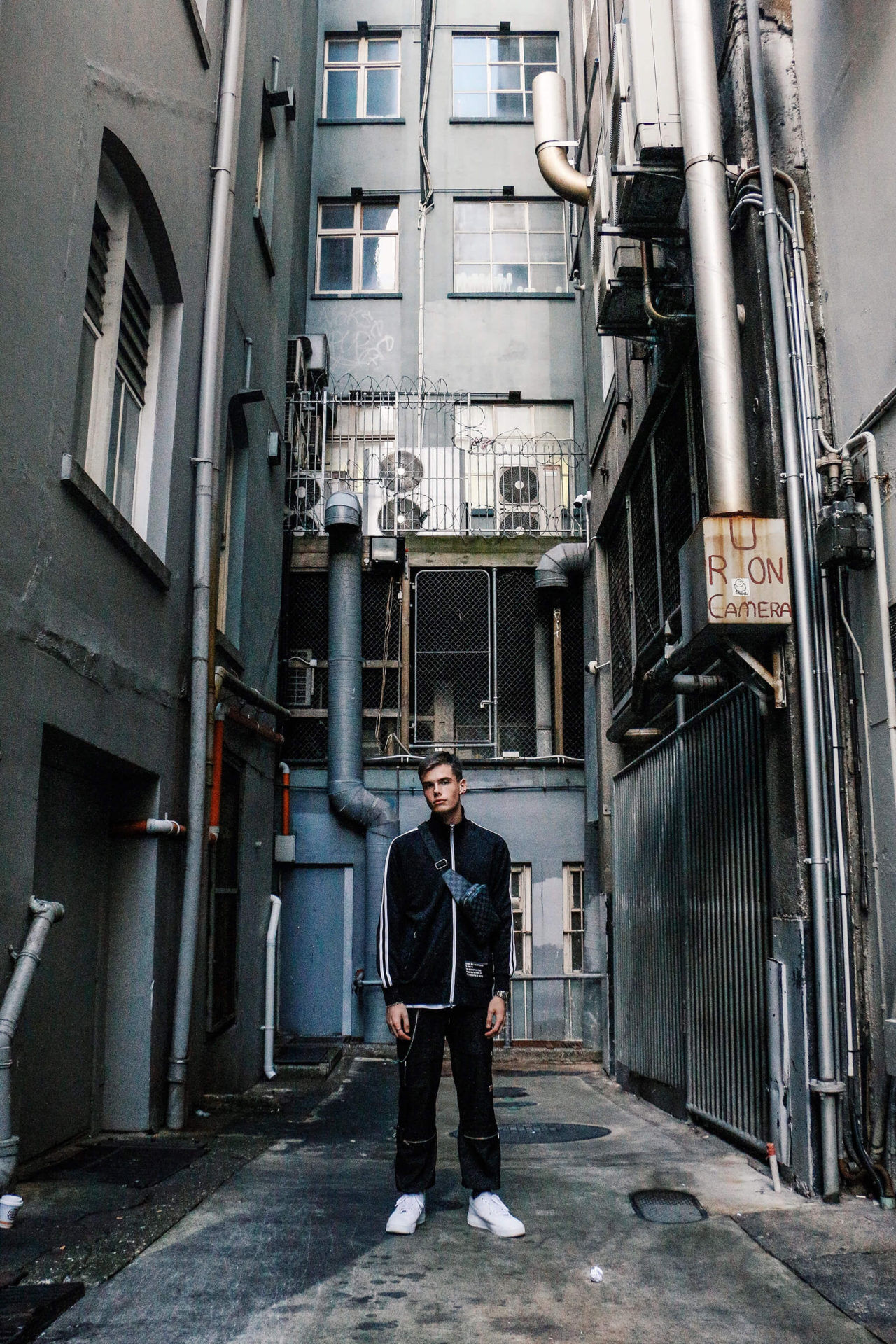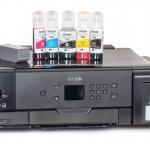
What’s the best portrait lens?
Posted on Mar 17, 2020 • 5 minute read
Wherever and however you shoot people pictures, there’s always the choice of wide-angle, standard and telephoto – but which one is best for you?
There are many types of portrait photography, such as studio, street and subject in the landscape, and a number of lenses to choose from, too. The standard lens, around the 50mm mark, has been the go-to for portrait photographers for many years, but is there a better option? Well, maybe so.
We’ve written dedicated guides for wide-angle, standard prime and telephoto lenses, but what do they bring to the table when you’re looking to capture the best people pictures possible?
Wide-angle
Many traditionalist portrait photographers would never touch a wide-angle lens, for one reason above any other: barrel distortion. This is where straight lines curve outwards from the centre of the lens, making anything in the centre of the image appear larger, and it becomes more extreme as focal lengths get wider.
When it comes to portraits, this can make your subject’s face appear narrower and widen their central features, which isn’t usually flattering.
Another factor is the exaggerated distance between objects that wide-angle lenses produce. This plays into the wide-angle’s narrowing effect, but also makes capturing a shallow depth-of-field more difficult, which is needed if you want to isolate a subject. It can still be achieved with a very fast aperture wide-angle, but these are more expensive.
So, is the wide-angle certainly not the best portrait lens? Not necessarily. From a practical standpoint, the wide-angle lens lets you photograph a much closer subject, shoot in tighter spaces and show context that can add hugely to your portrait. Creatively speaking, the distorted view can be used to great stylistic effect, highlighting any feature that’s close to camera.
Click the images to see a larger view
Standard
The standard lens is an undeniably strong choice when it comes to portraits, and for many good reasons. There’s very limited distortion, if any, meaning it mimics the human eye and produces very natural results. It’s also very practical for many portrait photographers, with range to capture both full-length shots without getting too far away, and close-up shots without getting too close and risking interfering with the light on the subject. Standard lenses – particularly primes – can still be very compact, too, which is very beneficial to many.
But do these factors make it the best portrait lens? It’s certainly not without at least minor drawbacks. There’s no real ‘special’ quality with the standard lens, like those we mentioned with the wide-angle and those to come with the telephoto. This means you’re more limited in your creative options in that sense.
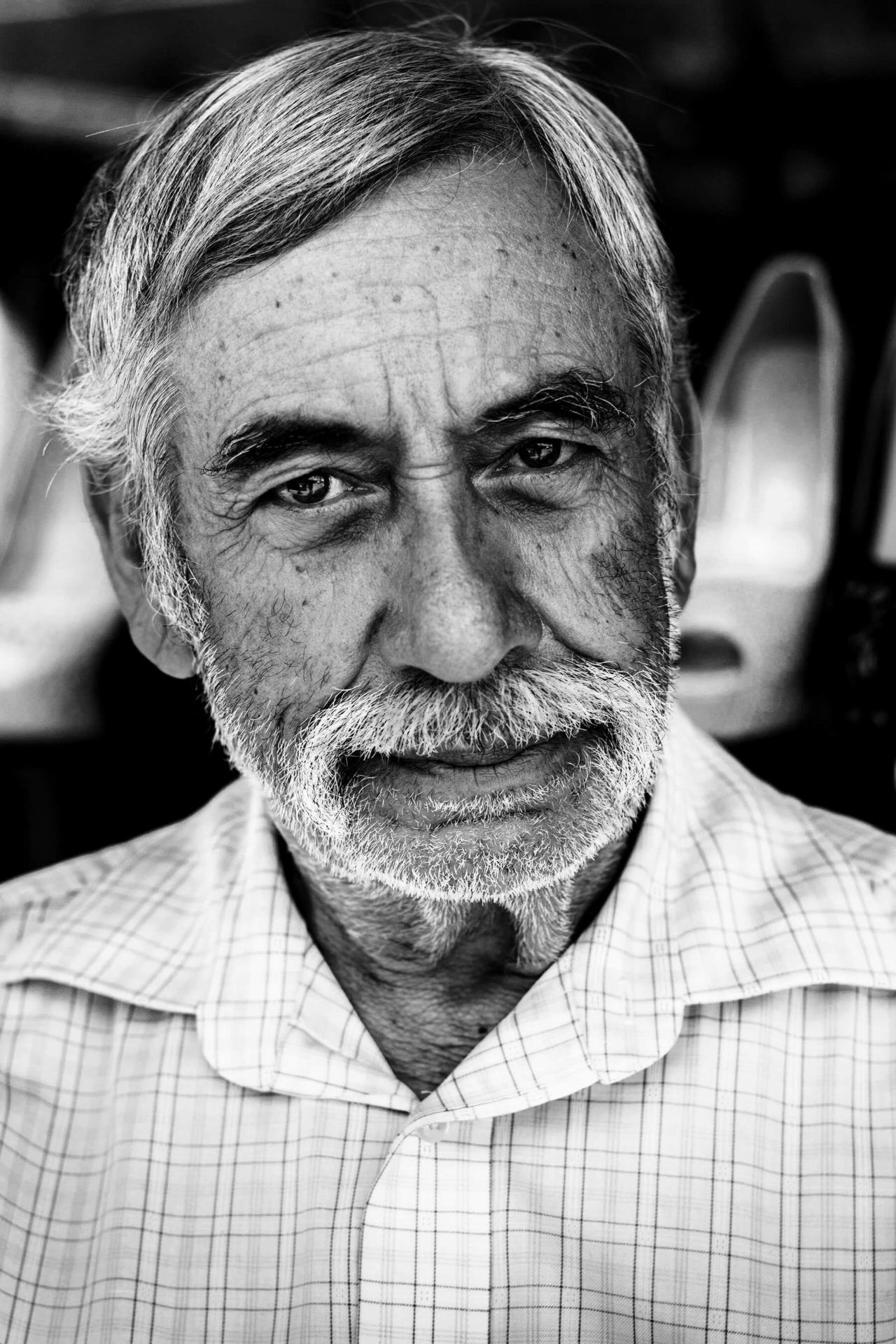
Telephoto
The telephoto lens may seem like the least likely to be found in the kit bag of a portrait photographer, but it actually brings a lot to the table. For a start, the telephoto is the bokeh master thanks to its compression. It can also be used to create beautiful compositions, because, while you can’t show much of what’s around your subject, you can show what’s in front of or behind him or her very nicely.
Another benefit of the longer lens is that it can be used for street portraits from a distance, meaning you can catch those candid moments from further away with less of a chance of alerting your subject and ruining the shot. There’s also a lot of use to be had out of a telephoto lens outside the world of portraits.
Now, what are the downsides? Practically, creating the distance needed to use a longer lens just isn’t possible in most studio spaces, and they’re cumbersome to carry around. There’s also the opposite of barrel distortion – pincushion distortion.
Unlike a wide-angle lens, a telephoto makes the centre of frame appear smaller, with straight lines curving inwards. This can widen the whole face, which can be unflattering.
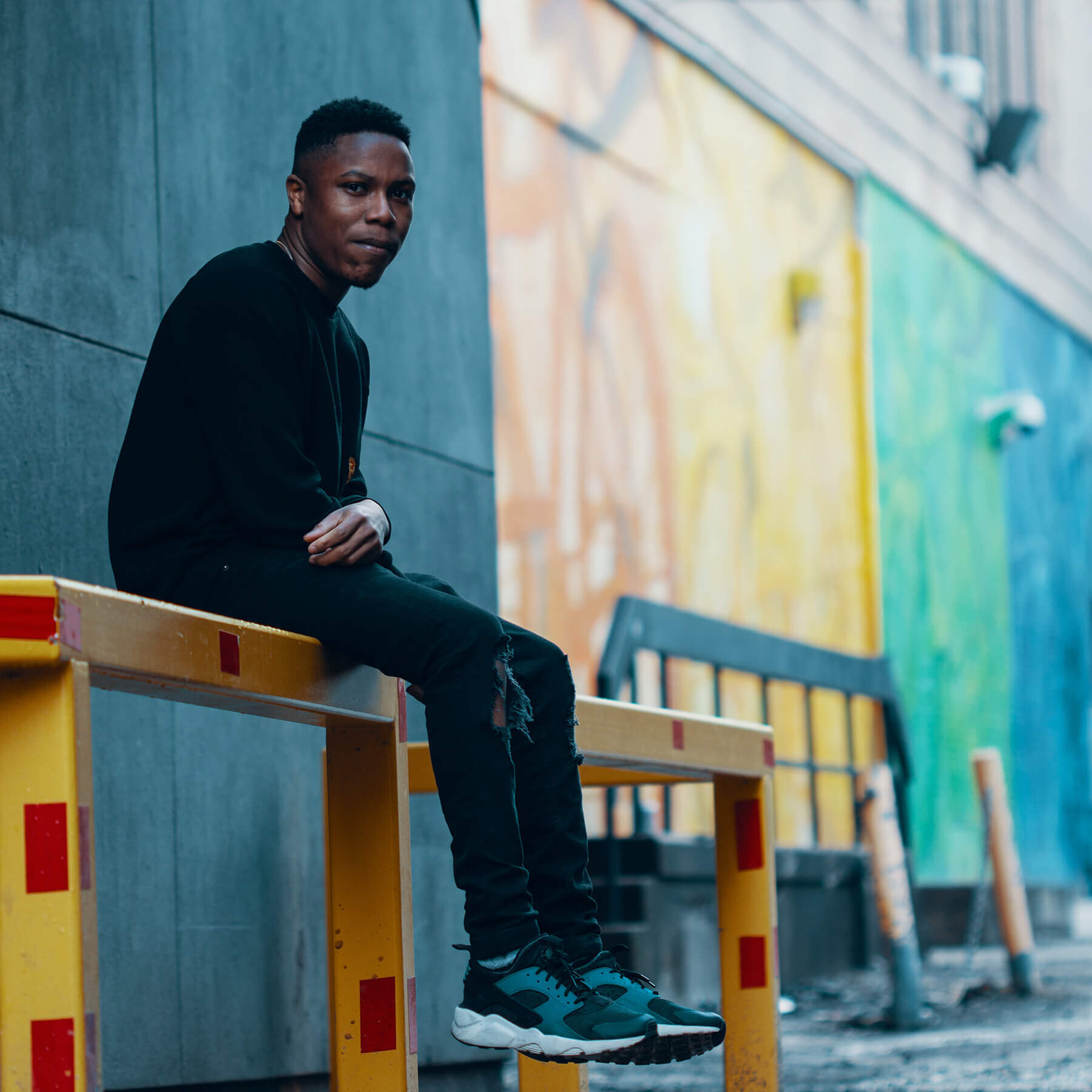
So, with all this in mind, what’s the best portrait lens? Well, there is an answer to that question, but it’s one only you can find. We’ve armed you with all of the information you need, but you’ll need to ask yourself a few essentials.
Where are you going to be shooting your portraits? What kind of look are you hoping for? What are you going to be photographing beyond people?
It’s clear that with all of these lenses, any pro can be seen as a con, and vice versa. But if you found yourself biasing one over the others as you read this feature, you may just be on your way to a decision.
You can get in touch with us on Instagram, Twitter or Facebook by using the handle @photonewspn
Don’t forget to sign up to receive our newsletter below, and get notified about the new issue, exclusive offers and competitions.

